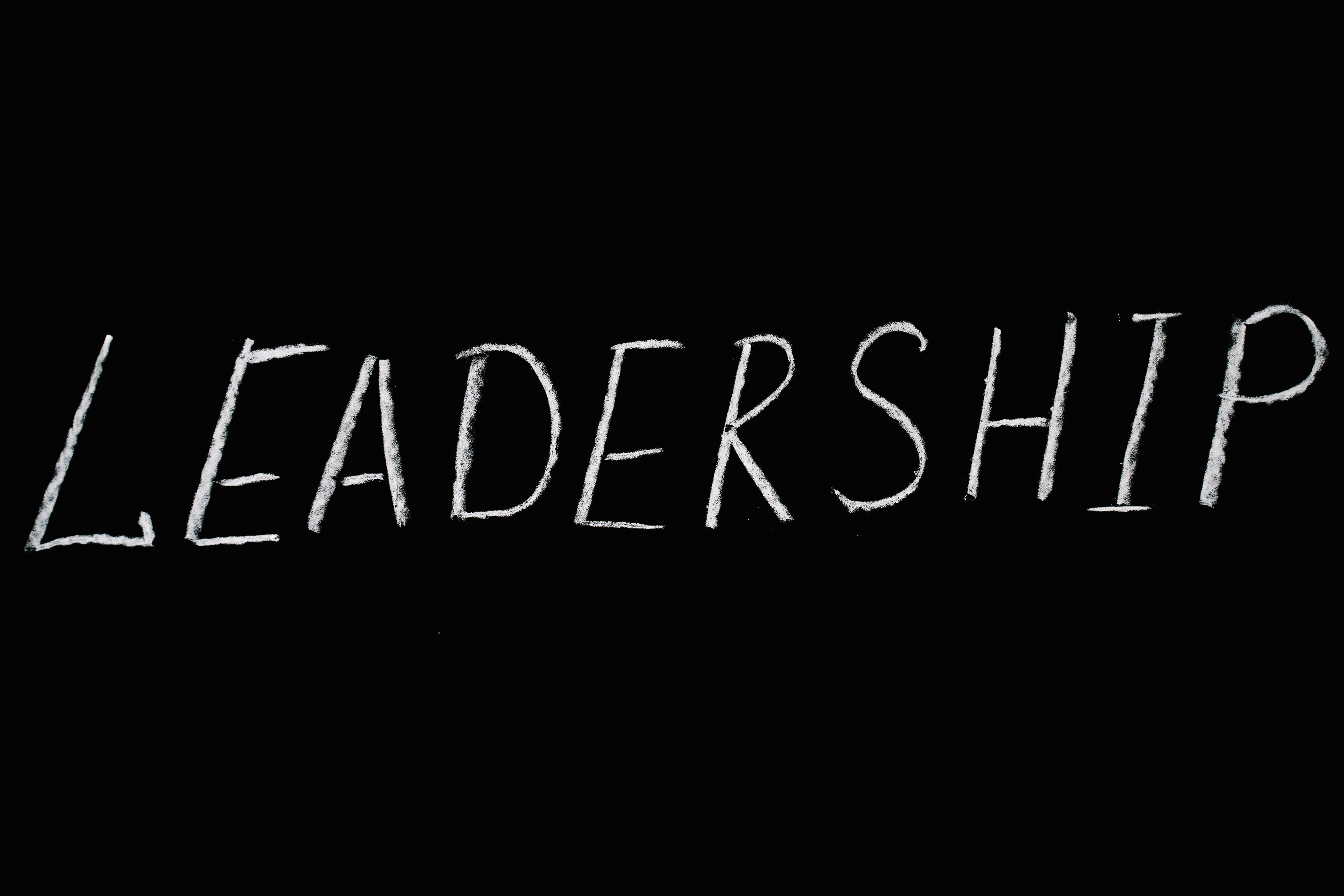Transactional and Transformational Leadership Styles: Exploring Dunphy and Stace's Change Models

Leadership styles significantly influence how organizations manage operations and change. This blog explores transactional and transformational leadership styles, along with Dunphy and Stace's Intensity of Change Model and associated change styles.
Phong cách lãnh đạo có ảnh hưởng lớn đến cách tổ chức quản lý hoạt động và thay đổi. Blog này khám phá phong cách lãnh đạo giao dịch và chuyển đổi, cùng với Mô hình Cường độ Thay đổi và các phong cách thay đổi của Dunphy và Stace.
What Are Transactional and Transformational Leadership Styles?
Phong cách lãnh đạo giao dịch và chuyển đổi là gì?
Transactional leaders focus on maintaining current operations and ensuring that processes run smoothly. In contrast, transformational leaders aim to drive significant change, inspire innovation, and emphasize future organizational growth.
Các nhà lãnh đạo giao dịch tập trung vào việc duy trì các hoạt động hiện tại và đảm bảo các quy trình diễn ra suôn sẻ. Ngược lại, các nhà lãnh đạo chuyển đổi hướng đến việc thúc đẩy sự thay đổi đáng kể, truyền cảm hứng đổi mới và tập trung vào sự tăng trưởng của tổ chức trong tương lai.
Key Differences:
-
Focus (Trọng tâm):
- Transactional leadership emphasizes short-term goals.
- Transformational leadership aims for long-term change.
-
Motivation (Động lực):
- Transactional leaders motivate with rewards and punishments.
- Transformational leaders inspire through vision and personal growth.
Key Insight: Transactional leadership is well-suited for stable environments, while transformational leadership thrives in dynamic, change-driven settings.
Thông tin quan trọng: Lãnh đạo giao dịch phù hợp với môi trường ổn định, trong khi lãnh đạo chuyển đổi phát triển mạnh trong các bối cảnh động lực thay đổi.
What Is Dunphy and Stace’s Intensity of Change Model?
Mô hình cường độ thay đổi của Dunphy và Stace là gì?
Dunphy and Stace’s Intensity of Change Model categorizes change into four types, each reflecting the level of change required and its impact on the organization.
Mô hình Cường độ Thay đổi của Dunphy và Stace phân loại thay đổi thành bốn loại, mỗi loại phản ánh mức độ thay đổi cần thiết và tác động của nó đối với tổ chức.
The Four Types of Change:
-
Fine-tuning (Tinh chỉnh):
- Minor adjustments within existing frameworks to improve efficiency or align with short-term objectives.
-
Incremental Change (Thay đổi gia tăng):
- Small, gradual changes made across the organization to adapt to environmental shifts.
-
Modular Transformation (Chuyển đổi mô-đun):
- Major changes within specific business units, rather than across the whole organization.
-
Corporate Transformation (Chuyển đổi doanh nghiệp):
- Large-scale, organization-wide changes that impact the entire structure, strategy, and processes.
Example: A tech company introducing a new product line might implement modular transformation, while a full rebranding initiative would be corporate transformation.
Ví dụ: Một công ty công nghệ giới thiệu dòng sản phẩm mới có thể áp dụng chuyển đổi mô-đun, trong khi một sáng kiến tái định vị thương hiệu toàn diện sẽ là chuyển đổi doanh nghiệp.
What Are the Change Styles in Dunphy and Stace’s Model?
Các phong cách thay đổi trong mô hình của Dunphy và Stace là gì?
Dunphy and Stace identify four change styles that describe how leadership approaches organizational change. Each style determines the level of employee involvement and control.
Dunphy và Stace xác định bốn phong cách thay đổi mô tả cách tiếp cận của lãnh đạo đối với sự thay đổi của tổ chức. Mỗi phong cách xác định mức độ tham gia và kiểm soát của nhân viên.
The Four Change Styles:
-
Collaborative (Hợp tác):
- Leaders involve employees in change decisions, fostering participation and shared ownership.
-
Consultative (Tham vấn):
- Leaders seek input from employees but make the final decision themselves.
-
Directive (Chỉ thị):
- Leaders provide clear instructions and direct employees to follow orders with minimal input.
-
Coercive (Cưỡng chế):
- Leaders impose change decisions from the top-down, with little or no employee involvement.
Key Insight: Collaborative and consultative styles are effective in environments emphasizing employee engagement, while directive and coercive styles are necessary in high-pressure or crisis situations.
Thông tin quan trọng: Phong cách hợp tác và tham vấn thường hiệu quả hơn trong môi trường chú trọng sự tham gia của nhân viên, trong khi phong cách chỉ thị và cưỡng chế thường cần thiết trong các bối cảnh áp lực cao hoặc khủng hoảng.
When Should Each Change Style Be Used?
Khi nào nên sử dụng từng phong cách thay đổi?
Collaborative (Hợp tác):
- When to Use: When employee buy-in is crucial.
- Example: Launching a company-wide diversity initiative.
Consultative (Tham vấn):
- When to Use: When expert opinions are needed.
- Example: Designing a new product development process.
Directive (Chỉ thị):
- When to Use: When speed and clarity are essential.
- Example: Responding to a security breach or emergency.
Coercive (Cưỡng chế):
- When to Use: In crisis scenarios requiring rapid action.
- Example: Cutting costs during an economic downturn.
Example: During a financial crisis, coercive leadership is often necessary to make quick decisions, while collaborative styles are more suitable for long-term cultural change.
Ví dụ: Trong một cuộc khủng hoảng tài chính, lãnh đạo cưỡng chế thường là cần thiết để đưa ra quyết định nhanh chóng, trong khi phong cách hợp tác phù hợp hơn cho sự thay đổi văn hóa dài hạn.
Conclusion
Kết luận
Effective leadership requires understanding when to use transactional or transformational styles and how to apply Dunphy and Stace’s Change Model. Leaders must assess the intensity of change required and select an appropriate change style, whether it be collaborative, consultative, directive, or coercive.
Lãnh đạo hiệu quả đòi hỏi phải hiểu rõ thời điểm sử dụng phong cách giao dịch hoặc chuyển đổi và cách áp dụng Mô hình thay đổi của Dunphy và Stace. Các nhà lãnh đạo phải đánh giá mức độ thay đổi cần thiết và chọn phong cách thay đổi phù hợp, cho dù đó là hợp tác, tham vấn, chỉ thị hay cưỡng chế.
By mastering these models and styles, leaders can better navigate change and inspire their teams to achieve lasting success.
Bằng cách làm chủ các mô hình và phong cách này, các nhà lãnh đạo có thể điều hướng tốt hơn các thay đổi và truyền cảm hứng cho đội ngũ của mình để đạt được thành công bền vững.
